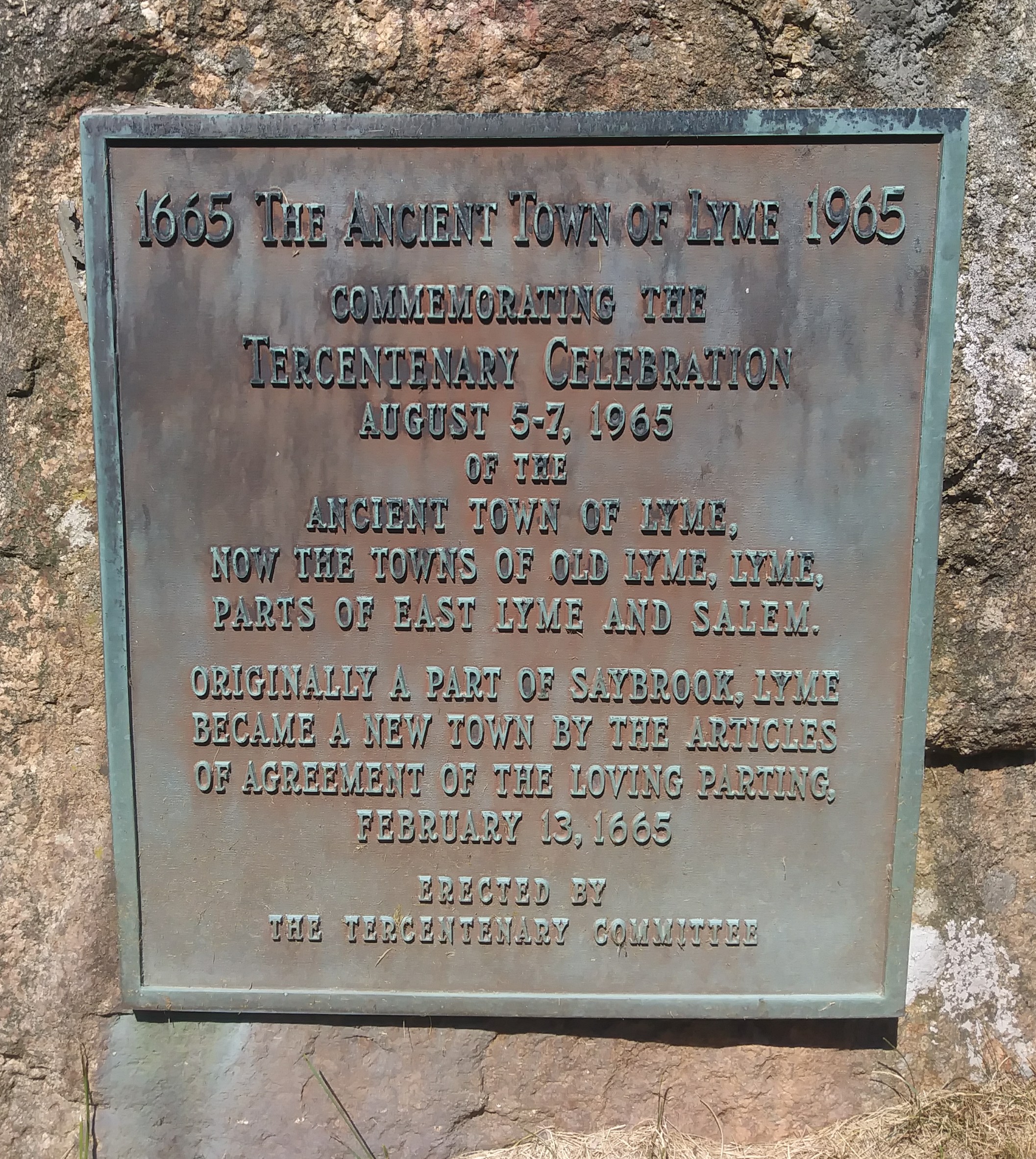JULY 27, 2020 – Yesterday, I had to take care of some business at the Lyme Town Hall. Mistaking “Public Hall” for “Town Hall,” I thought I’d walk from Lyme Light, then around the corner and down Cove Road to the hamlet of Hamburg—population 23, plus the modest yacht club, Reynold’s general store, the Congregational church, and . . . “Lyme Public Hall.” When I cupped my face and peered through a window of what I’d thought was my destination, I saw a large room untouched by time but bedecked with Fourth of July bunting, not yet stored for next year’s celebration. I saw no offices or people present. I phoned “Town Hall” and learned it was up the road—two miles.
Despite the tropical heat and humidity, I decided to walk the distance instead of turning back to the top o‘ the cove and . . . our car.
For this old marathoner, the trek felt like . . . a marathon. My experience as a long-distance runner, however, also gave me the mental fortitude to run—er, walk—the course.
My walk reminded me of what I’d learned as a former runner, now aging white guy:
First, the way back is shorter than the way forth. (Progress marked by familiar sights is faster than moving past the unfamiliar.)
Second, the shortest route isn’t always easiest or most rewarding. (On my return, I took a longer offshoot—Joshuatown Road—and encountered special beauty.)
Third, you can’t really begin to know a place unless you walk it . . .
From a car or bicycle seat you’ll encounter sounds, smells and images that occur at too great a speed and volume for detailed apprehension. Running, as well, carries the senses too fast: Back in the day I trained at race pace, which required too much concentration to absorb the particulars of my surroundings. On spinning wheels or flying feet, all you can extract from a landscape is an impression. Walk and you pick up details—a close-up view of a gardener’s cultivation; the wild asymmetry of ancient hemlocks, veterans of many storms, standing in command over trees of lesser rank; a small cemetery with headstones of the Revolutionary generation, several marked by small flags and iron stars bearing the date, “1776”; a weathered house with sagging gable and the date, “1738” inscribed above the entrance; a stir of air carrying the scent of wildflowers huddled around an old, wooden fencepost; the color, design, and pleasing proportions of an ancient shed basking in summer sunlight.
And much more. You stop now and again to soak in a sight and arrange a photograph. You ponder life and the world—as it’s turned and keeps on turning. You take stock of yourself, your strengths and possibilities; your weaknesses and vulnerabilities. If a scenic drive is like watching an Oscar-winning film, an attentive walk along the same route is like reading the novel on which the movie is based: the slow-walk book always beats the drive-by “show.”
“What about The Godfather?” you say. Fine, but the exception proves the rule.
(Remember to subscribe to this blog and receive notifications of new posts by email.)
© 2020 by Eric Nilsson

1 Comment
Scenic drive: Oscar-winning film and attentive walk: reading the novel….brilliant!
Comments are closed.